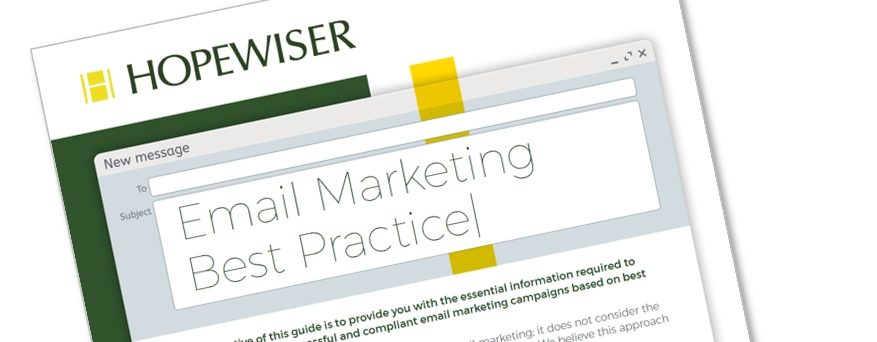By far the most important aspect of any email marketing campaign is proofing and testing!
If you get this stage wrong, everything you have done to create your email campaign is compromised.
An email marketing campaign with errors will be bad for your brand and likely regarded by the recipients as unprofessional; it may even lose sales and/or encourage negative responses from recipients – both privately (replyto emails) and publicly (social media).
Here are some fundamental things that can go wrong with the content of your email:
- Personalisation not working correctly or including test values in a live send
- Broken links or links not pointing to the correct web page
- Prices in your email are different to the pricing on the destination page
- Errors in spelling and grammar
- Email formatting issues in different email clients
- Not optimised for mobile devices
- Including content that may trigger spam filters.
To minimise the risk of these potential errors, here are six review processes that should be followed prior to any final, internal approvals and the sending of your email campaign:
Visual inspection
Examine your email and read through the content at normal pace.
At this stage you’re looking for the most obvious errors in content and formatting.
Also check what it looks like on a mobile device. Is it responsive and legible?
First proofing
If your ESP does not include an automatic spell-check of your content, copy and paste your entire mail into Microsoft Word as plain text.
Make sure spelling and grammar checking in Word is enabled.
This should highlight most errors in the text which can then be corrected in your original mail content.
Don’t forget to also check your subject lines for spelling and grammar!
Another useful technique while your email content is in Word is to use the ‘read aloud’ function.
Listening to your text read back to you, may identify some additional grammatical errors.
Check your links
Manually click each text AND image links in your email.
Check that they open correctly and that they link to the correct destination.
Also be sure that the content you’re referencing on a specific page is unchanged from when you first drafted your email.
Final proofing
Unlike the read-through in the initial visual inspection, the final proof should be carried out very slowly and read aloud to capture any missed errors in spelling and grammar.
You should read the text with longer than usual pauses between words.
When you come across a contraction such as you’re, they’re, we’re etc, expand the contraction when reading it. This way, your brain is less likely to compensate for any errors.
Client and spam testing
Most ESPs provide testing of your email across a range of email clients to make sure it appears as it should and that it will pass the most common spam filters.
This may be included in their subscription or at an additional cost per email tested.
It is certainly worth doing this if you are using a new email template or if you have concerns about any words that may be regarded as spam.
Final test
Once the previous steps have been completed, send the email to yourself using random personalisation and the fallback values.
In the received email, check all the links again. Your email should now be ready to send to your contact list.
There are several useful tools for testing how your emails will appear across a number of email clients (assuming your ESP doesn’t offer this service).
Two of the leading providers are Litmus and Email on Acid.
When to send your email
Determining when the best time is to send your email is not an exact science.
However, there are two useful sources to help you decide the best day of the week and time of day to send your emails.
One source is your social media data and the other is your Google Analytics data.
Use the data provided by these tools to review when your visitors are most active.
It is unlikely that either will provide you with a definitive answer but together they will give a sense of when is the best time to send.
Resending to unopens
Resending your email to recipients who did not open it the first time will increase your open rate.
It is a common email campaign tactic, but you should be aware that it may also increase your unsubscribe rate if recipients perceive it as spam.
However, the increase in the open rate will almost always outweigh the increase in unsubscribes.
As with many aspects of email marketing there are conflicting views regarding the best time to carry out these resends.
Somewhere between one and four days is generally regarded as best practice.
You should test how your specific audience responds to a resend.
THERE’S MORE…
Testing and sending your emails is a vital element of any email marketing campaign, but there is so much more in our full guide to Email Marketing.
You can learn about Email Deliverability, Content Creation, List Management, Measuring Campaign Performance, and GDPR/Privacy Considerations.
Plus, Hopewiser’s Email Validation service analyses each email address in your list and returns a report detailing which emails are deliverable, unconfirmed, unverifiable, disposable, undeliverable and harmful.
It does this all without sending any emails!
Once your list has been validated, you can be confident that your emails are being sent to active and verified email addresses.

, updated 4th June 2025.
Topic: Email Validation






